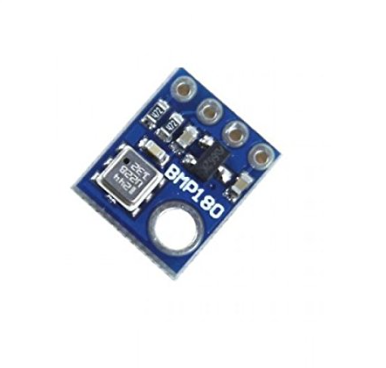
What is a Pressure Sensor?
A pressure sensor is a device that measures the amount of force applied to a surface. It is a type of transducer that converts the force applied to the sensor into an electrical signal. Pressure sensors are used in a wide variety of applications, including industrial automation, automotive, aerospace, medical, and meteorology.
How Does a Pressure Sensor Work?
There are a variety of different types of pressure sensors, but they all work on the same basic principle. They measure the change in electrical properties of a material when it is subjected to force.
Some common types of pressure sensors include:
- Strain gauge pressure sensors: Strain gauge pressure sensors use a strain gauge to measure the amount of force applied to the sensor. The strain gauge is a thin strip of metal that changes its resistance when it is bent. As the force applied to the sensor increases, the strain gauge bends, which changes its resistance.
- Piezoelectric pressure sensors: Piezoelectric pressure sensors use a piezoelectric material to measure the amount of force applied to the sensor. Piezoelectric materials generate an electrical signal when they are subjected to force. As the force applied to the sensor increases, the piezoelectric material generates a larger electrical signal.
- Capacitive pressure sensors: Capacitive pressure sensors use a capacitor to measure the amount of force applied to the sensor. The capacitor consists of two electrodes that are separated by a thin layer of air. As the force applied to the sensor increases, the distance between the two electrodes decreases, which changes the capacitance of the sensor.
Applications of Pressure Sensors
Pressure sensors are used in a wide variety of applications, including:
- Industrial automation: Pressure sensors are used in industrial automation to monitor and control the pressure of fluids and gases. This is important for ensuring the safety and efficiency of industrial processes.
- Automotive: Pressure sensors are used in automotive applications such as anti-lock braking systems (ABS), tire pressure monitoring systems (TPMS), and airbag systems. Pressure sensors help to improve the safety and performance of vehicles.
- Aerospace: Pressure sensors are used in aerospace applications such as aircraft engines, flight control systems, and environmental control systems. Pressure sensors are essential for ensuring the safety and reliability of aircraft.
- Medical: Pressure sensors are used in medical applications such as blood pressure monitors, respirators, and anesthesia machines. Pressure sensors help to diagnose and treat medical conditions.
- Meteorology: Pressure sensors are used in meteorology to measure the atmospheric pressure. This information is used to forecast weather conditions.
